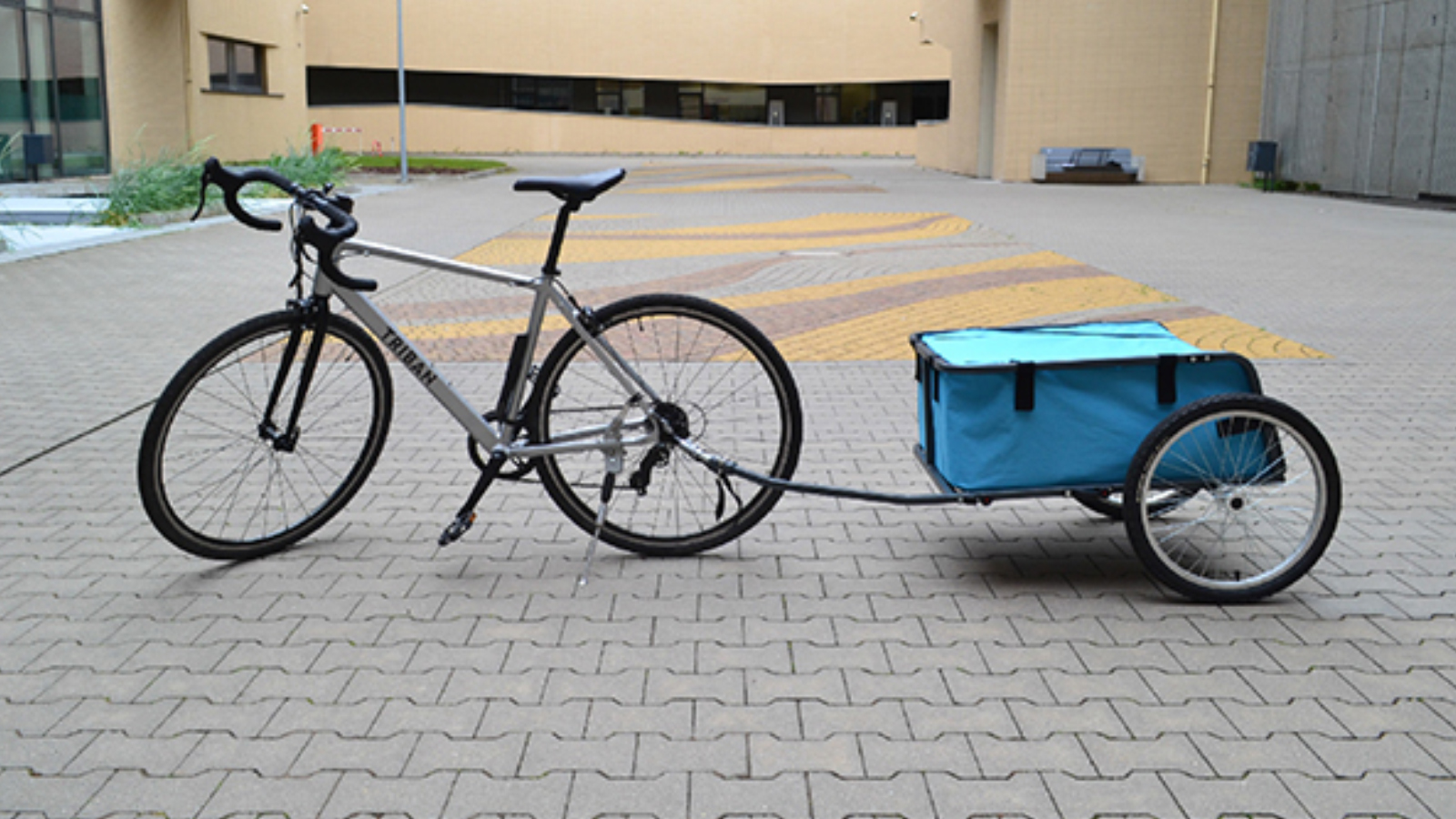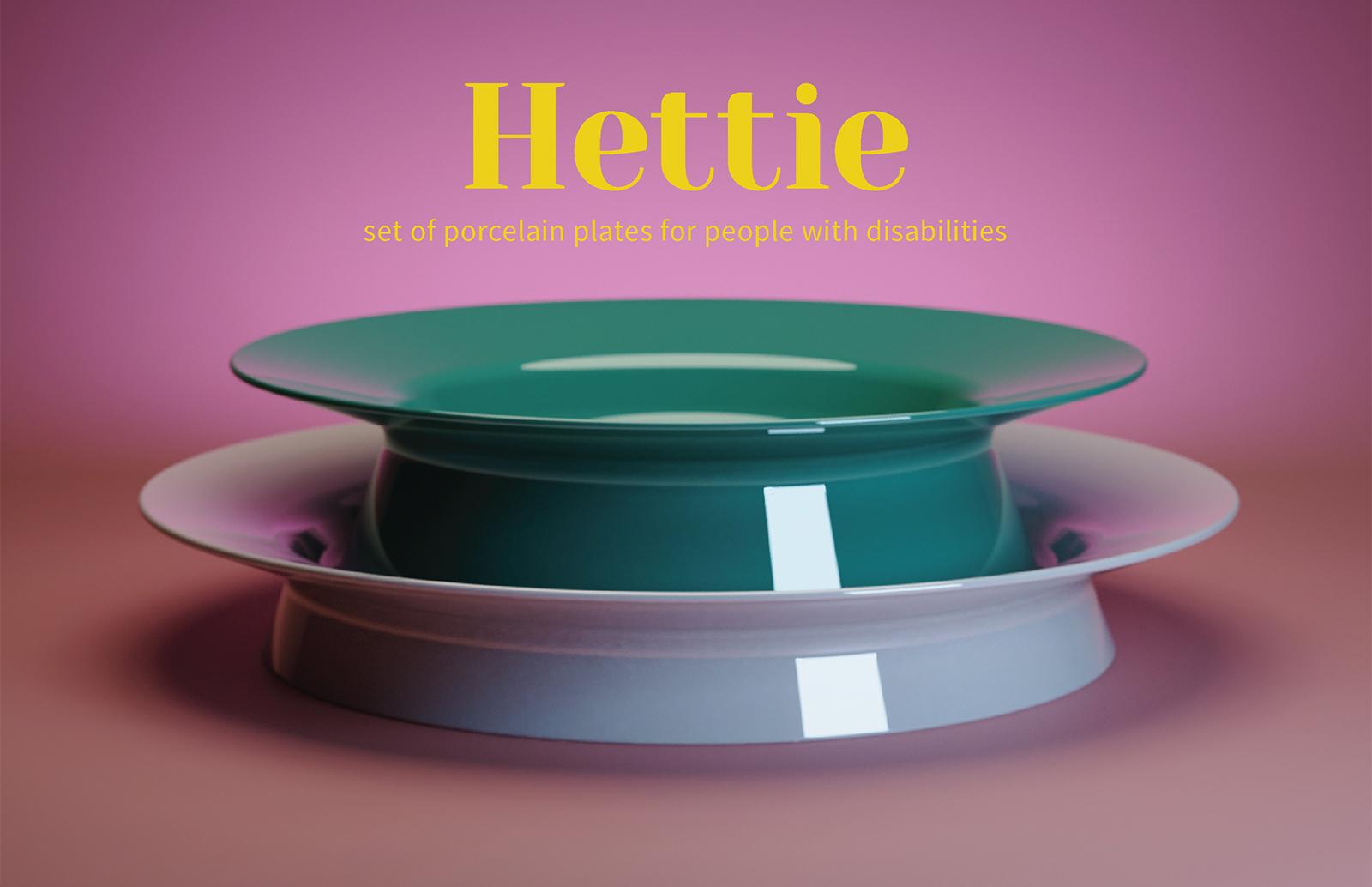Dictionary of the Khazars
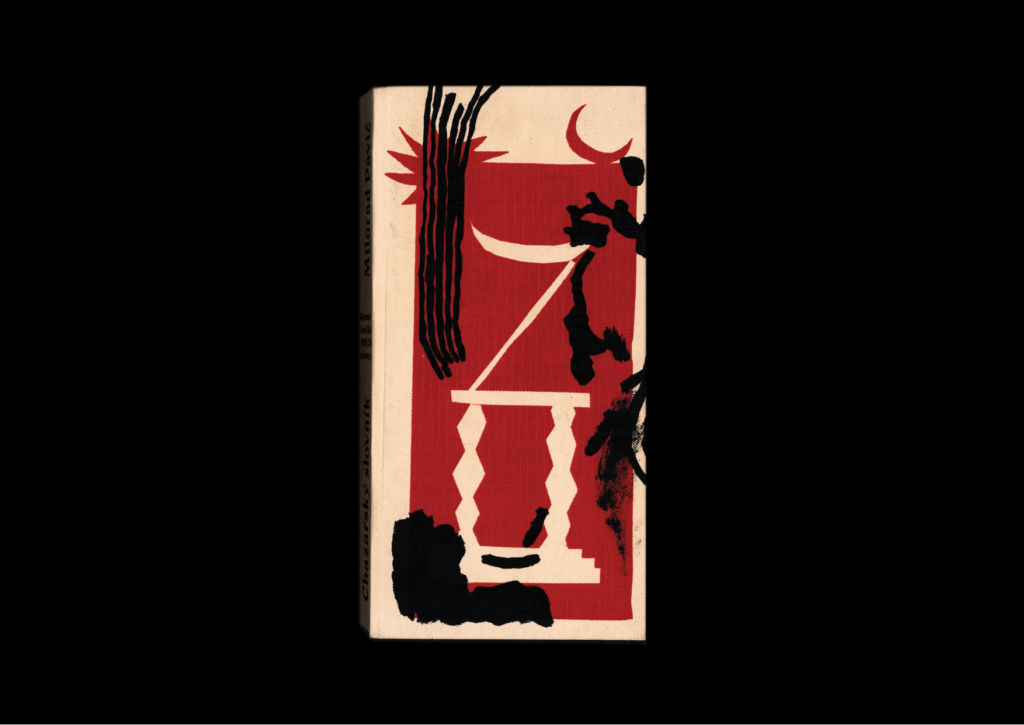
What is the project about?
As the reader is guided through the story and the complex world of the origin and demise of the Khazar people by writers language, my goal was to add a new visual language with the illustrations and redesign of this experimental novel, which could bring Milorad Pavić’s world a bit closer to the reader. The new visual is inspired by the strong use of symbolism in the book, metaphors, and folk tales, which the author uses to reconstruct and re-create the Khazar world. Combining fiction and reality, just as Milorad Pavić does within the text, the book has a newly added chapter, which includes my own photo documentation that traces the Khazars in Serbia.
For whom the project was created?
The book was created both for the readers who have come across the book before as well as for the ones who are seeing it for the first time. I tried to leave the space for the reader and the viewer, so they have the visual language accompany them throughout the story but not to guide them. It is on the reader/viewer wheatear they will deconstruct the illustrations/symbols in the book or just pass by them as atmospherical fragments.
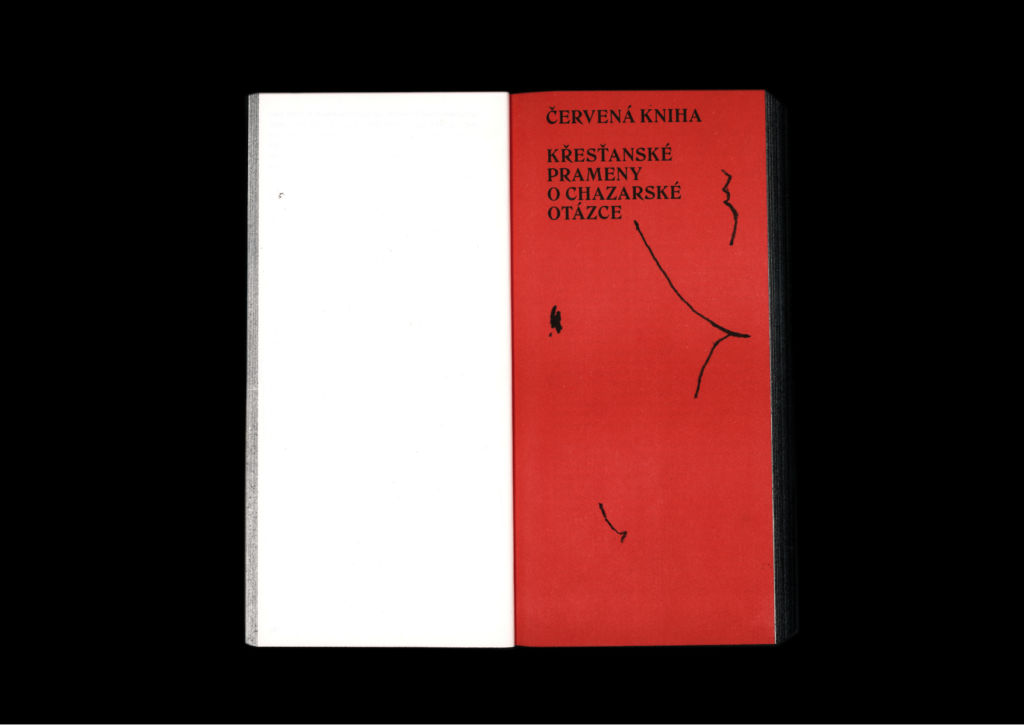
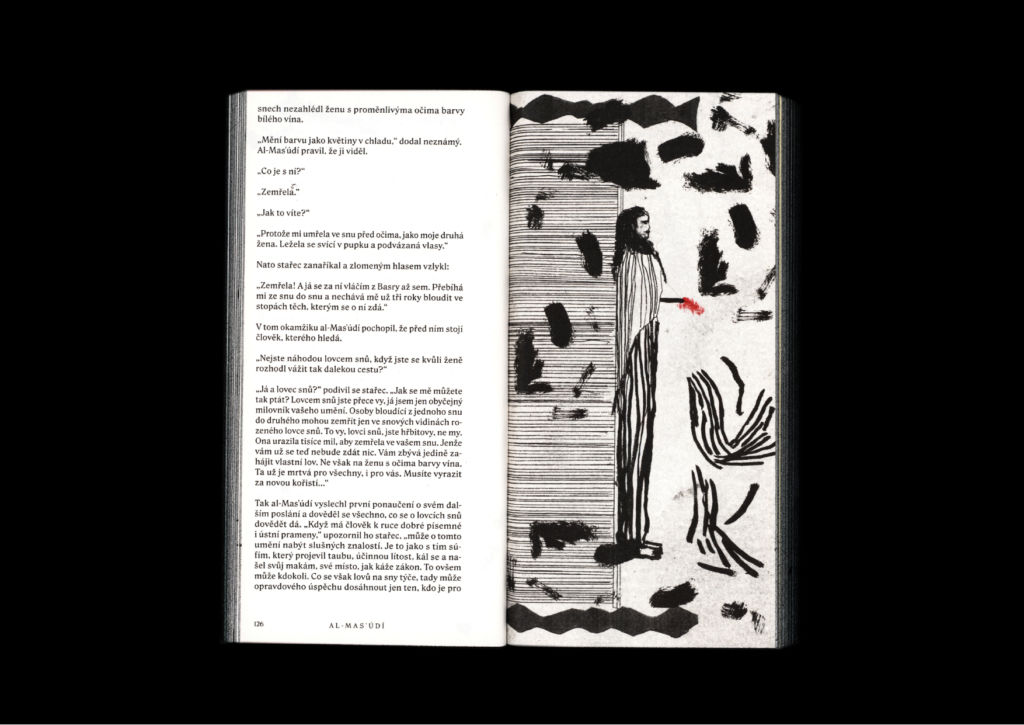
What is the aim of the project?
As the book dwells on the complex history of the Khazars and with the experimental form of the language used by Milorad Pavić it creates this wast world into which the viewer gets immersed, I wanted to create an exemplar where this world and the story of the Khazars could expand even more.


What was the motivation?
Dictionary of the Khazars was the book I carried and often returned to from my high school. Throughout the years I wanted to react to it in some way. Graduation project seemed like the right space for it, where I could dwell even deeper and explore it in many ways from both theoretical and visual aspects. It was also my way of returning back to the country where I was born and raised, back to Serbia where the places and the culture are so tightly intervened in the Dictionary.
Additional values
Clothing is, next to physical contact with another person, an element of our life with which we constantly experience tactile sensations. That is why I decided that the aim was to create a system of controlled and comfortable haptic experiences that would relieve negative emotional tensions.
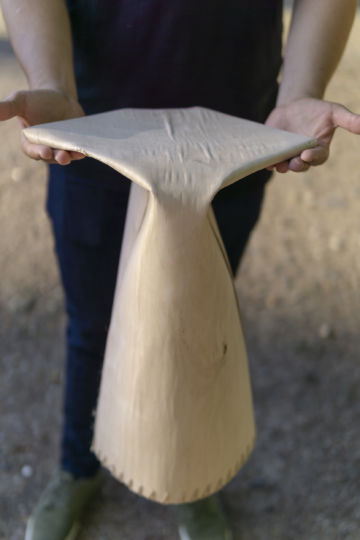
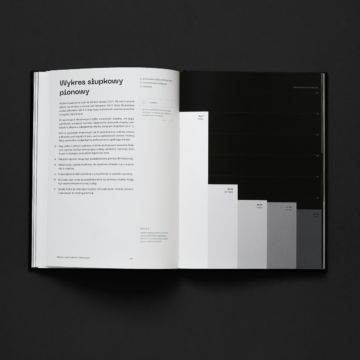



+ 3 person




+ 5 person

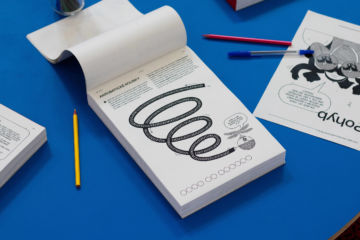
+ 1 person
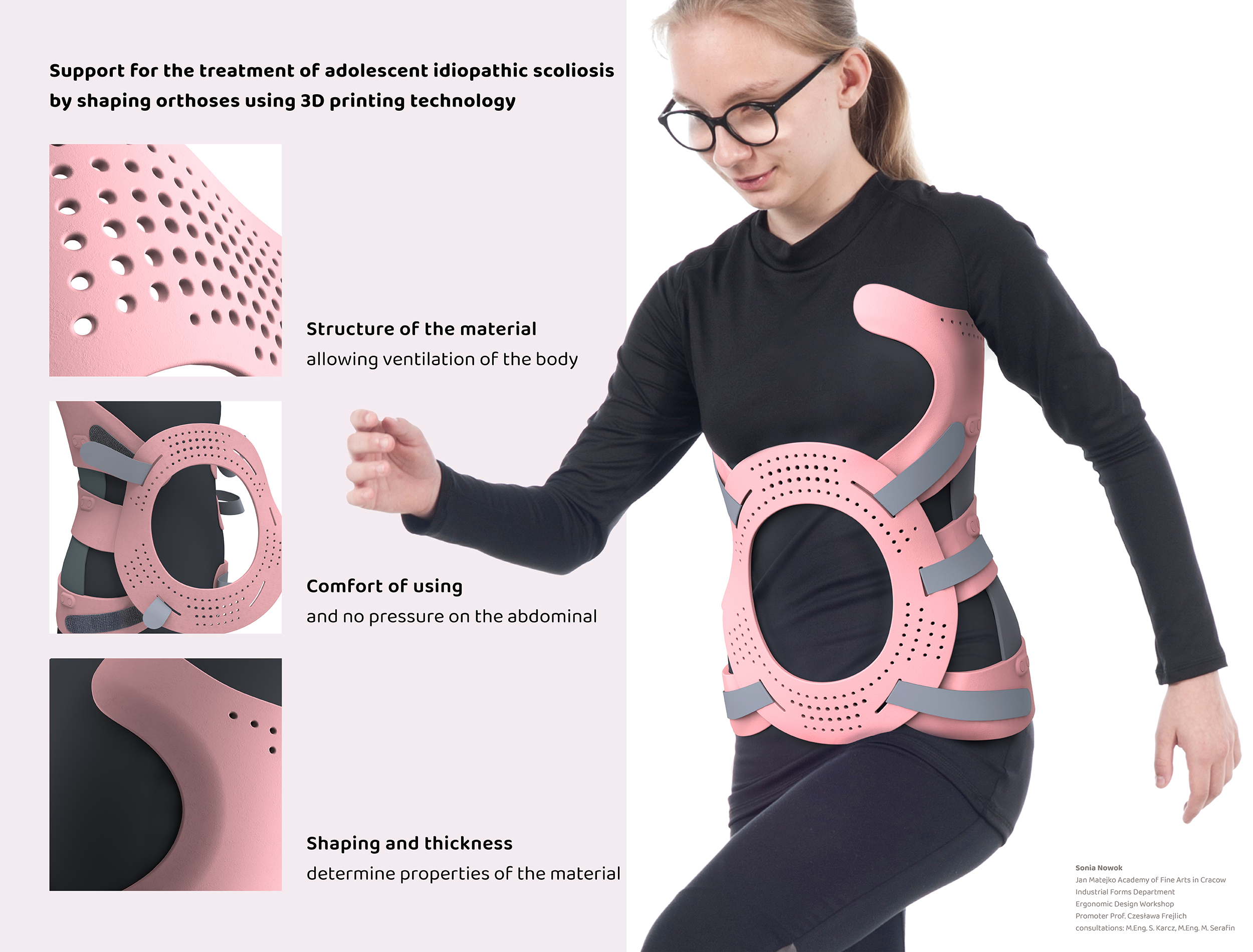
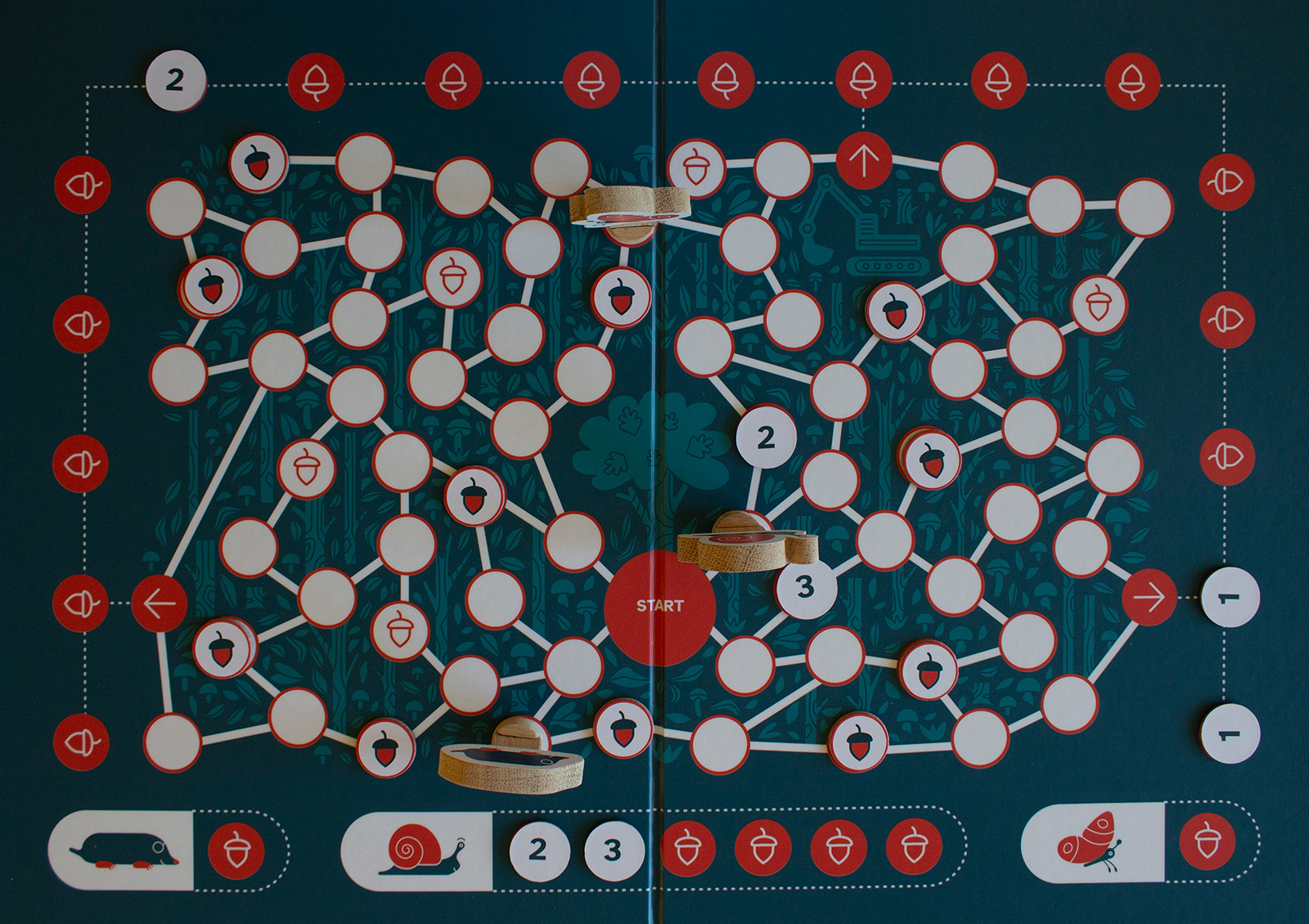


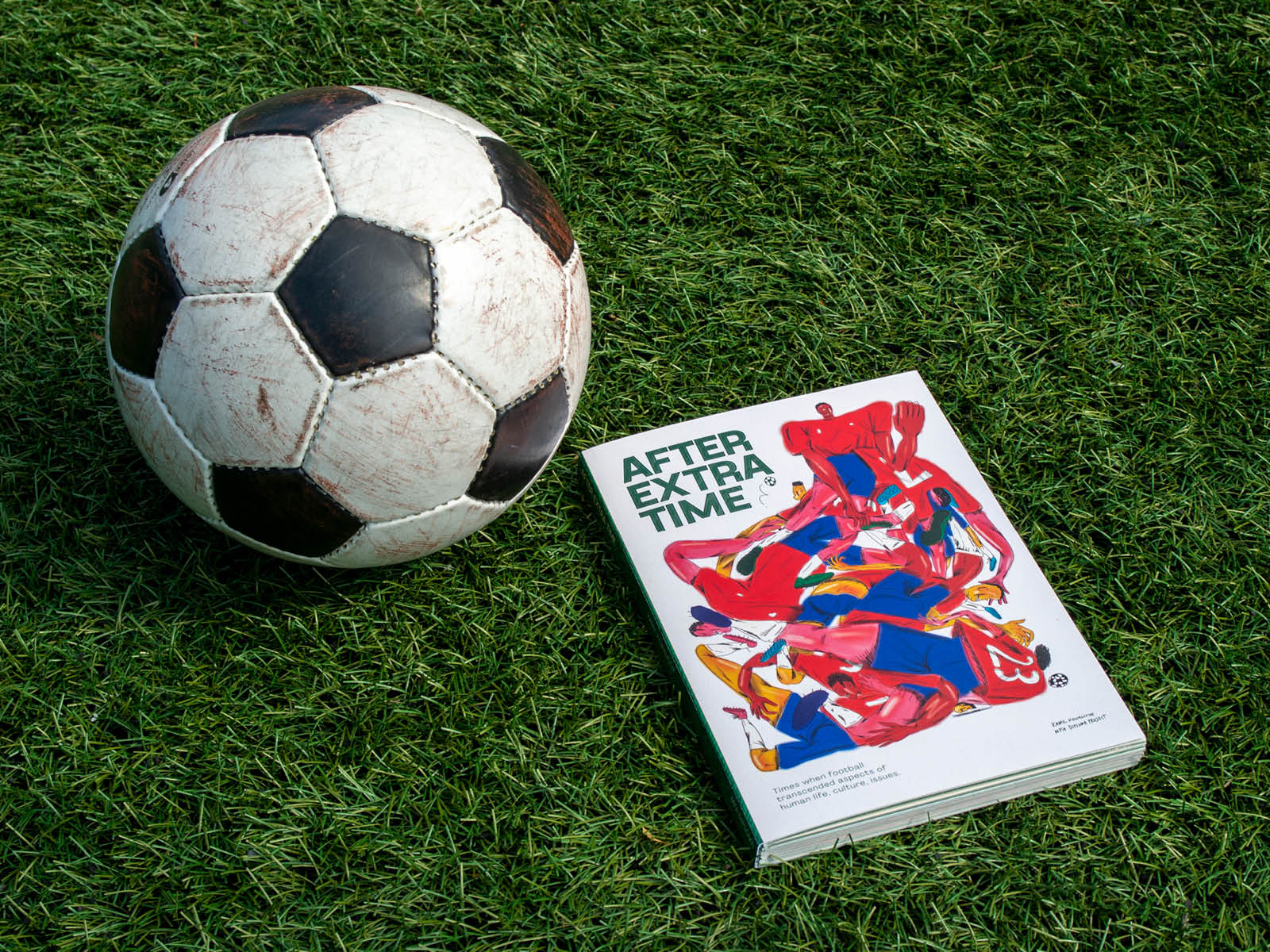



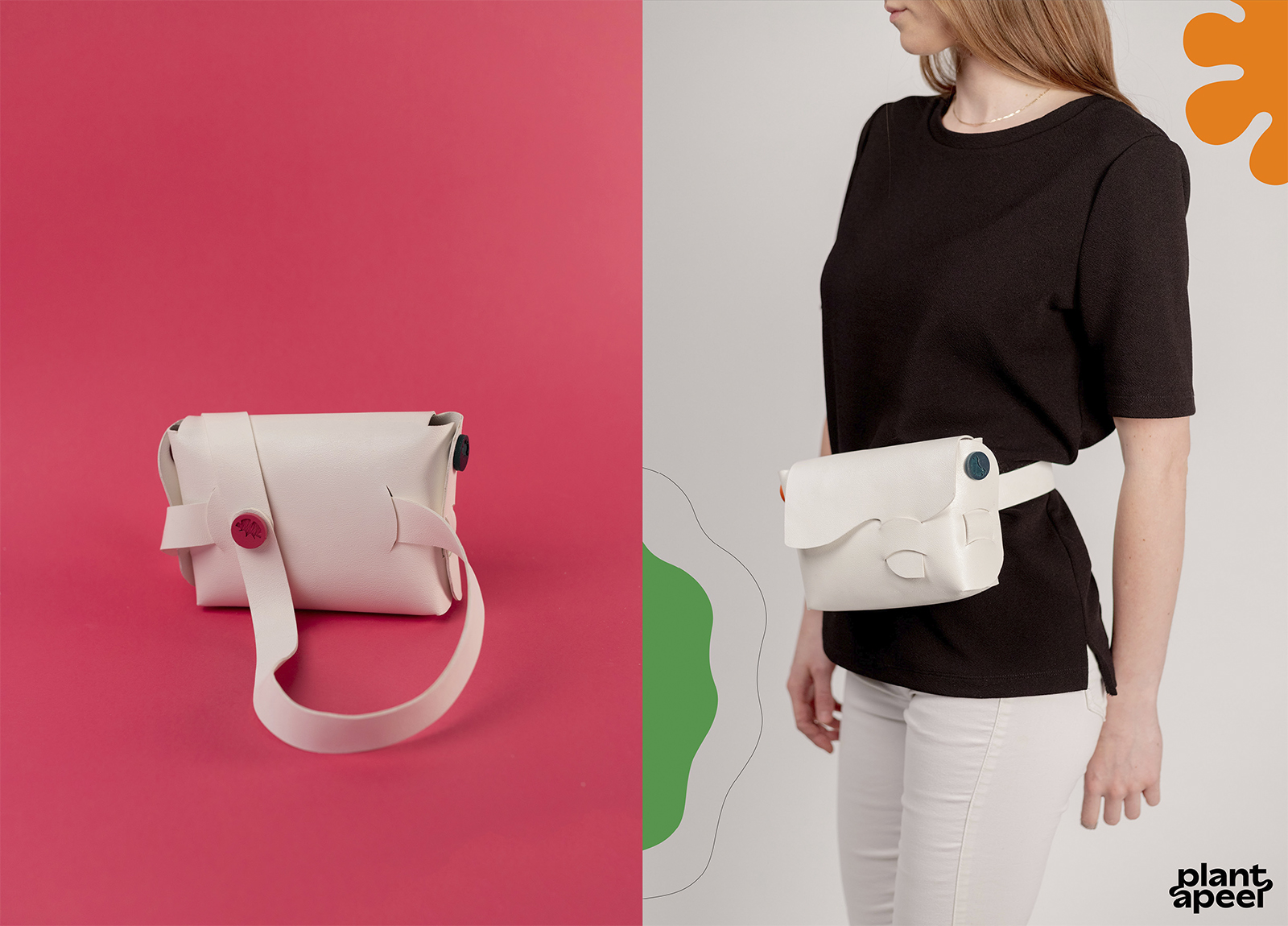
+ 1 person



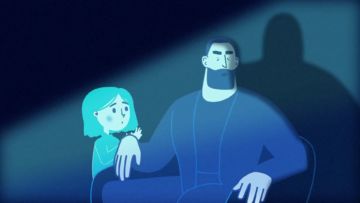
+ 1 person

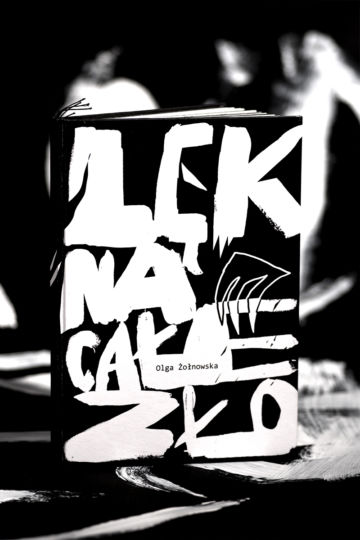
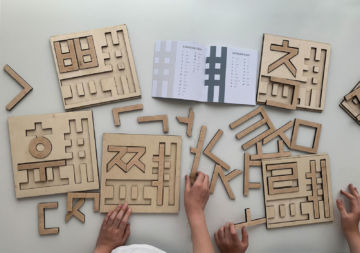

+ 1 person


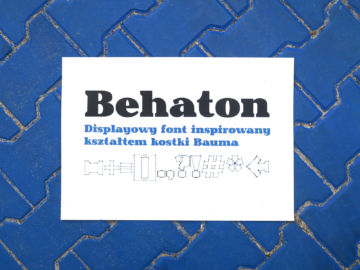




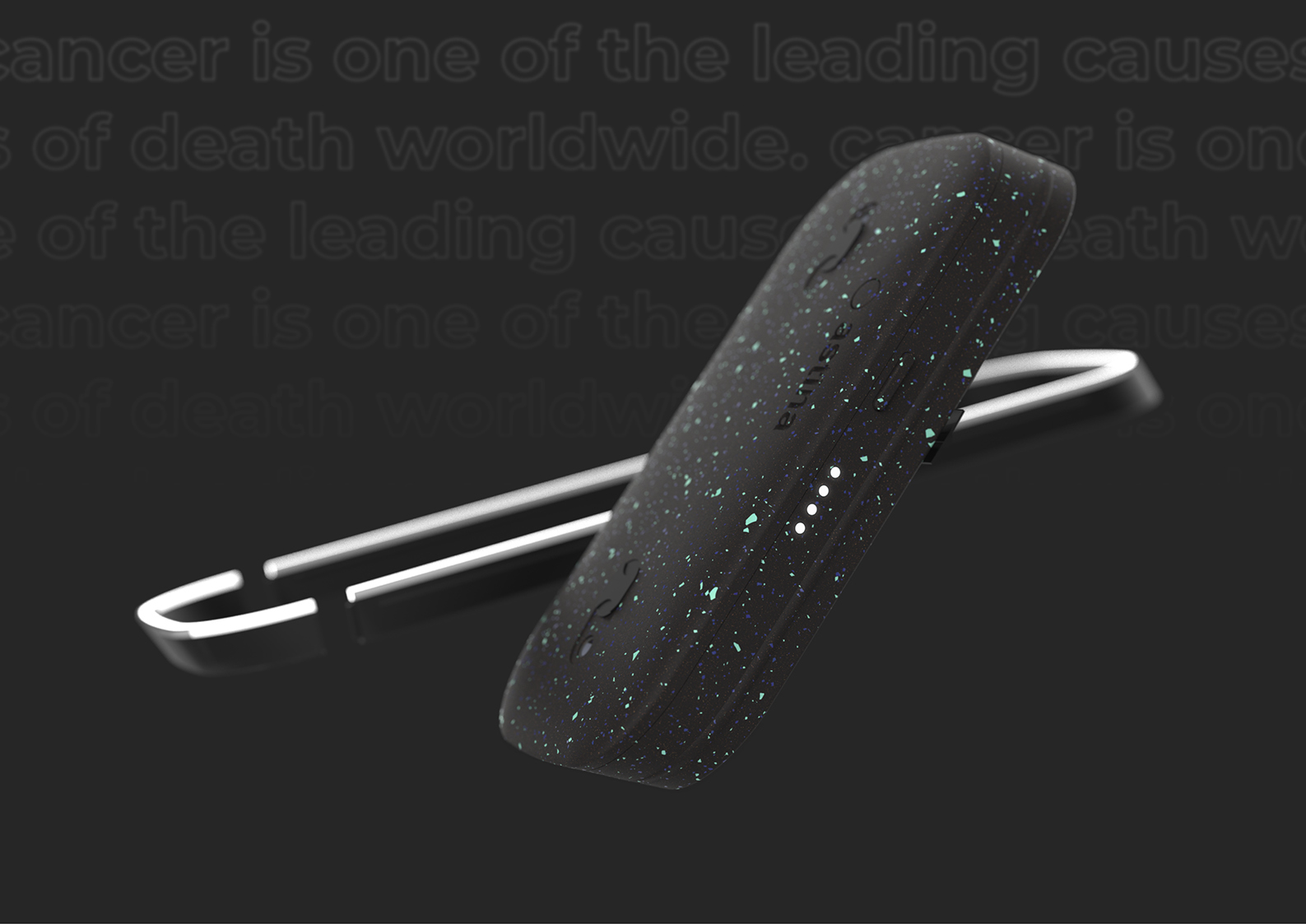
+ 1 person
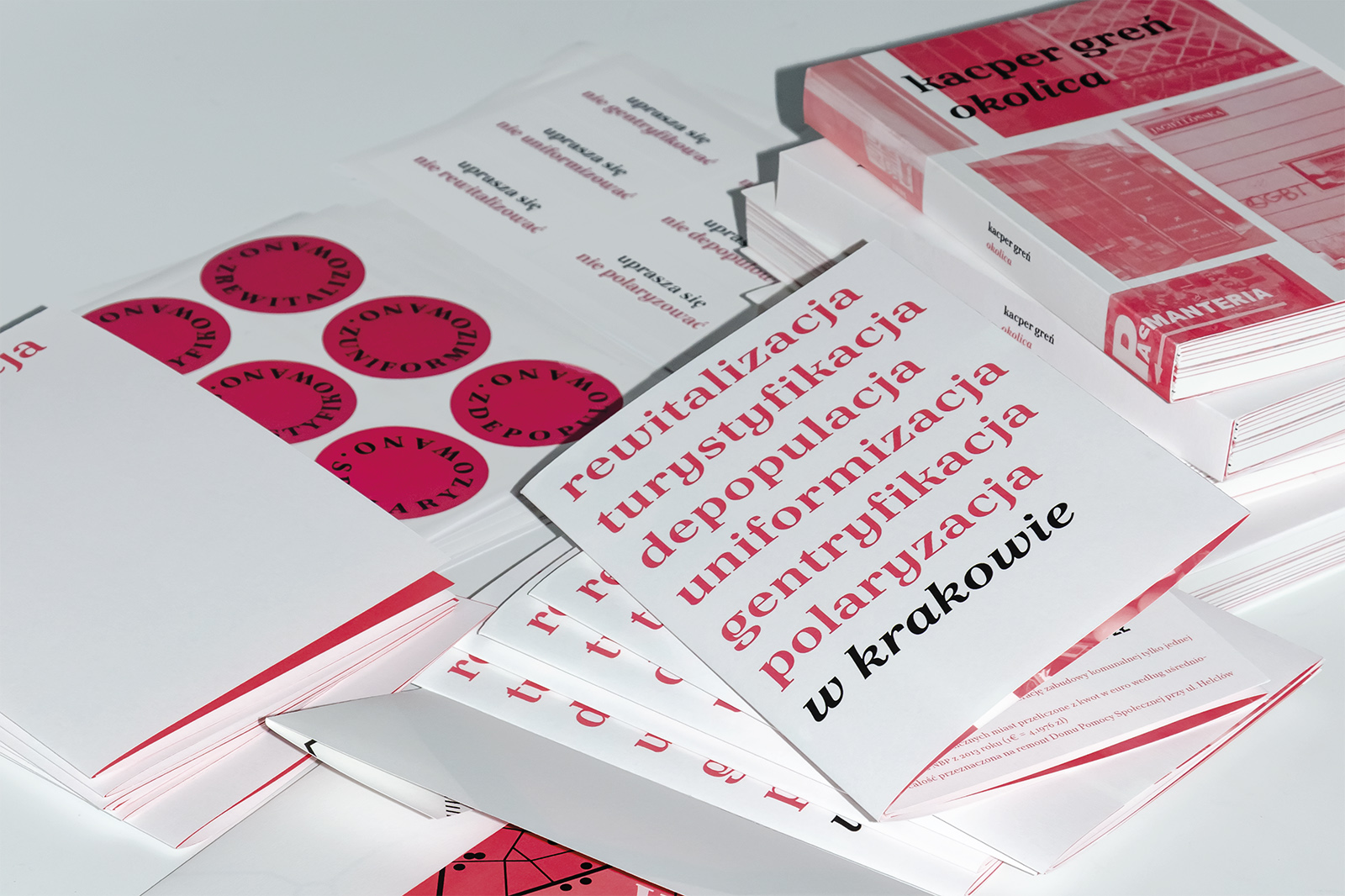
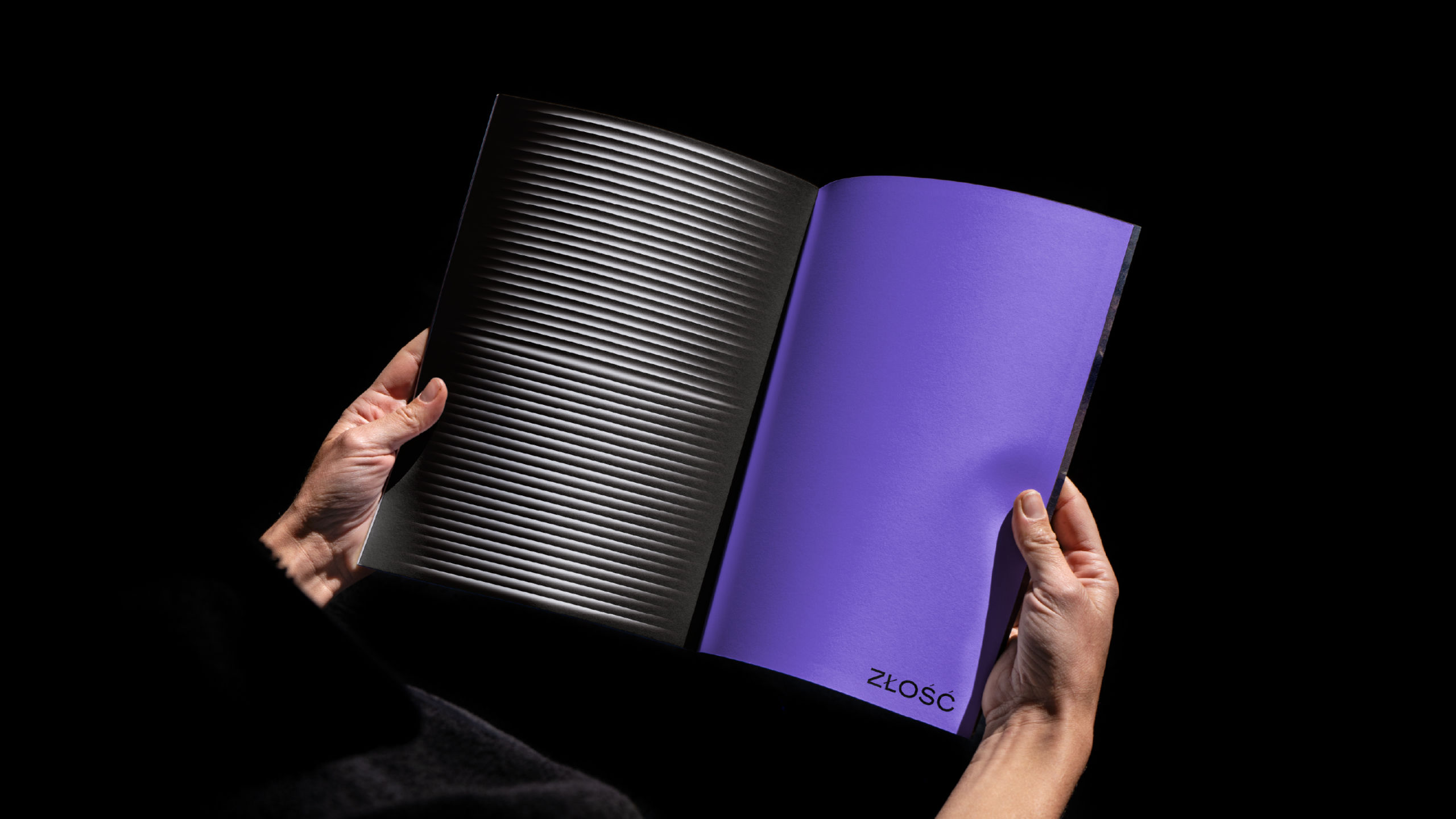




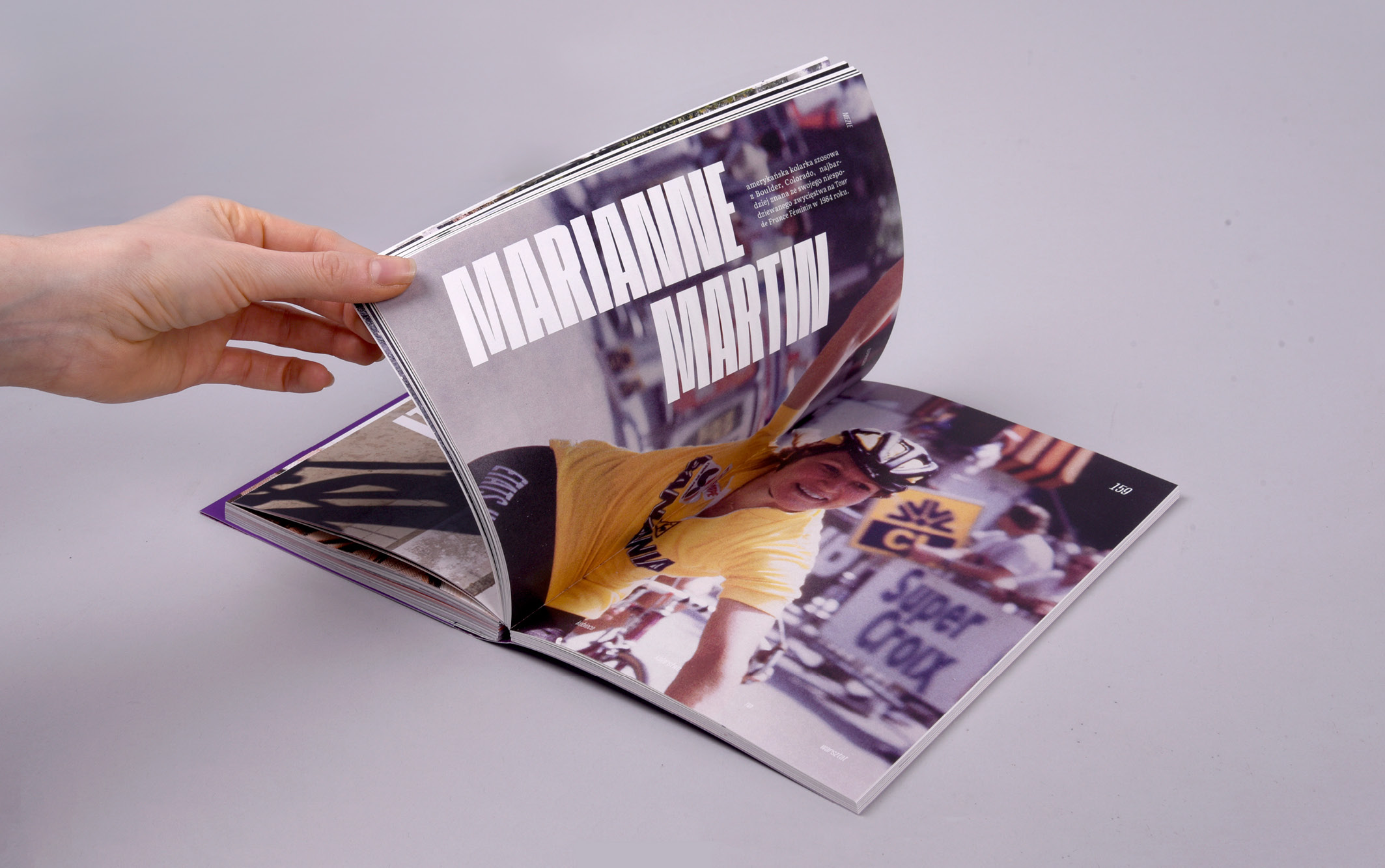

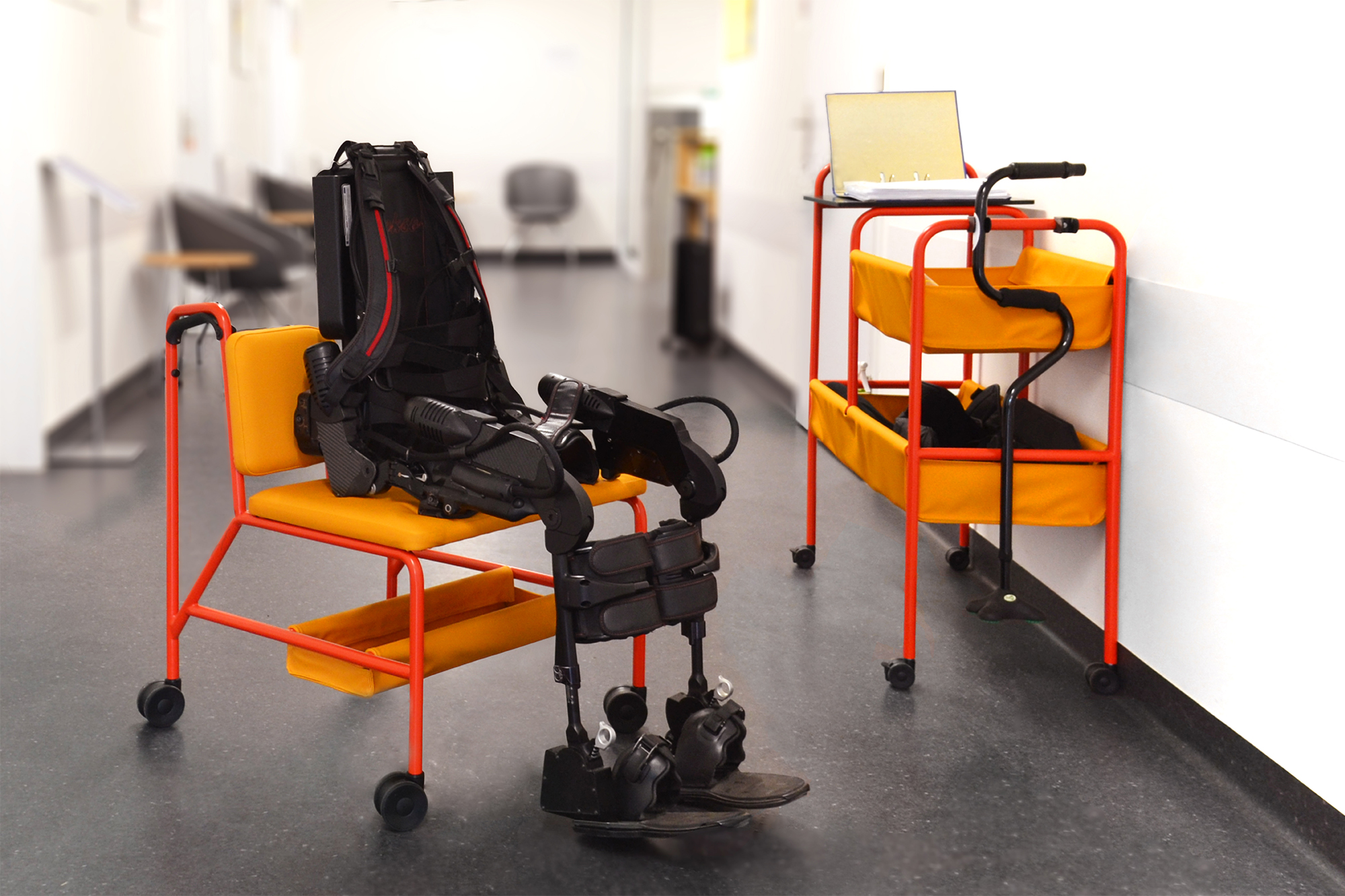
+ 1 person

